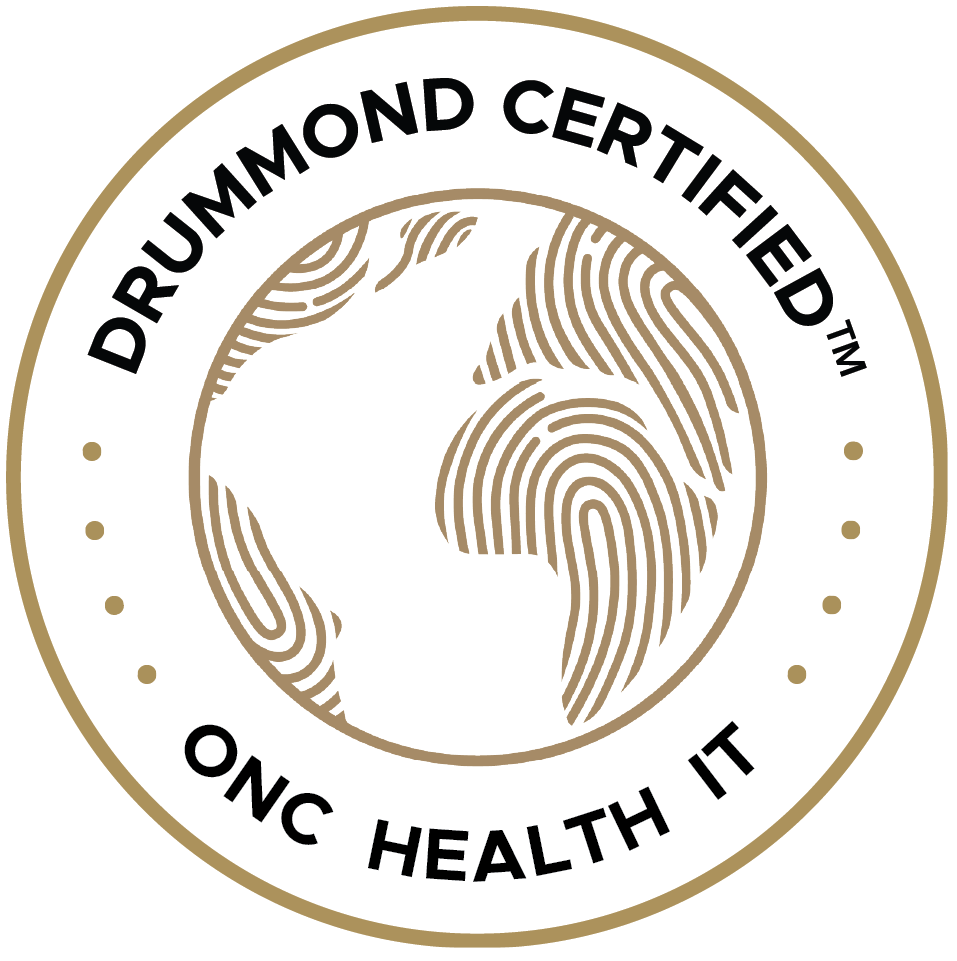Bruce Wampold, PhD
Measurement-based care (MBC) involves assessing patient progress and therapy processes through the course of therapy to improve the quality of the service being delivered. A number of different labels have been used for this practice, including routine-outcome monitoring (ROM), practice-based evidence, feedback informed treatment (FIT), among others. Whatever name is used, the research is clear: Providing information about patient progress to the therapist improves outcomes, especially for cases that are not on track to be successful. MBC is now considered an evidence-based practice and the American Psychological Association is developing practice guidelines for its implementation.
As is typical, the way in which a practice is implemented is critical to the success of the endeavor. Evidence shows that MBC is not effective in all instances and there are a host of factors that may contribute to a failure to improve outcomes.. All too often, the measures used are not comprehensive, the assessments are not presented in an intuitive manner, or the information gathered is not used productively by the therapist and the patient.
At CarePaths we have designed an evidence-based protocol that we believe effectively addresses these possible issues. It is a part of CarePaths Connect, the latest upgrade to the CarePaths EHR. First, the information collected is comprehensive. Patients will complete instruments in the following domains:
Second, we make it easy for the therapist:
Keep in mind that this information is only one source of information about the patient and his or her progress. The clinical judgment of the therapist about how this information is used to improve therapy is of utmost importance.
In this series of blog posts I’ll be explaining the rationale behind the design of these features and offering tips on how to most effectively utilize them. We welcome your feedback on the CarePaths MBC system!
Read the next post in this series
Article provided by makingtherapybetter.com










